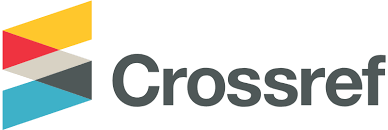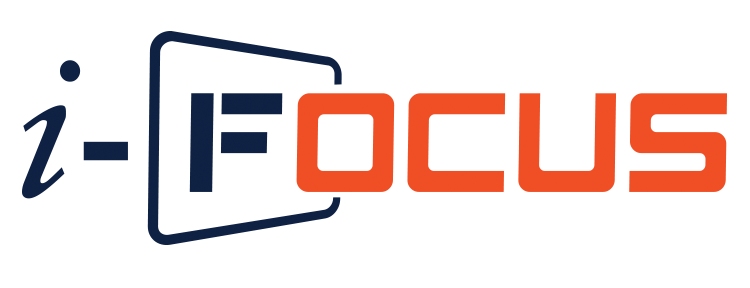Feasibility Analysis of Runway, Taxiway and Apron Dimensions of Torea Airport in Fakfak Regency, West Papua Province
Abstract
The development of transportation sector modes, especially air transportation modes, is currently experiencing a very significant development. This is because the mode of air transportation in the form of airplanes can make people move very quickly, unlike land and sea transportation modes which require a longer time. In this regard, an airport that meets the requirements in terms of flight security and safety is needed. The aim of the study was to analyze the dimensions of the runway, taxiway, appron and evaluate the feasibility of the runway, taxiway, appron dimensions at Torea Airport in Fakfak Regency, West Papua Province. From the results of the research conducted, it was found that the dimensions of the runway length of Torea Airport have met the minimum requirements set by the International Civil Aviation Organization (ICAO) in 2016 with a runway length of 1201.8 m Torea Airport but in terms of requirements for the type of aircraft ATR 72-600 does not meet the requirements. While for the standard dimensions of the runway width and the width of the runway shoulder of Torea Airport according to the Regulation of the Ministry of Transportation of the Directorate General of Civil Aviation Number: KP 39 of 2015 concerning Technical and Operational Standards of Civil Aviation Safety Regulations

This work is licensed under a Creative Commons Attribution-ShareAlike 4.0 International License.











